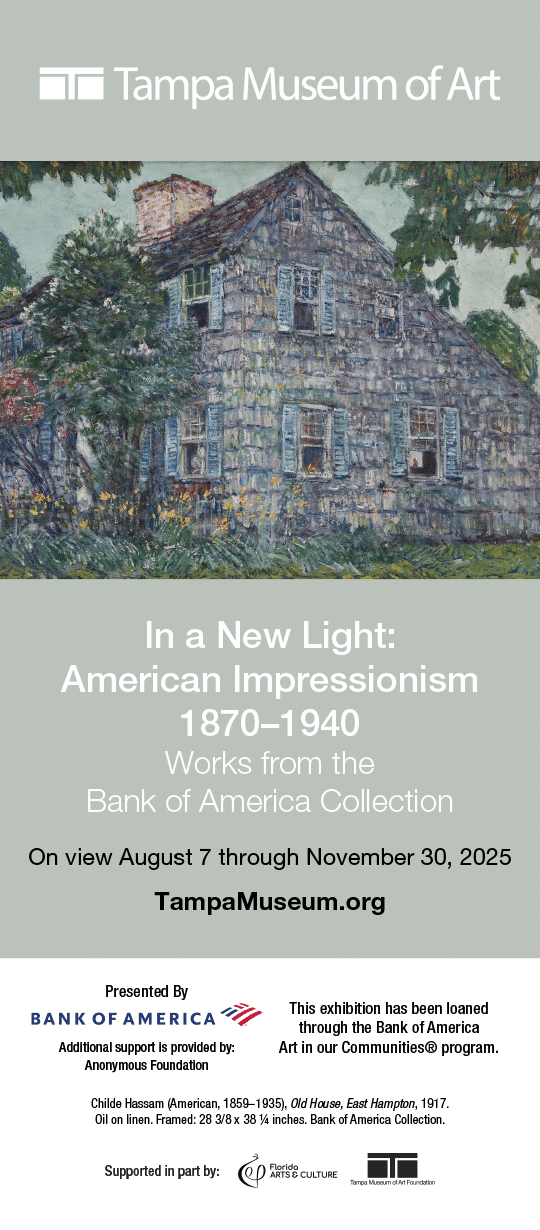Venture into the Uptown Art District in St Petersburg and you’ll find an array of businesses that include everything from glamourous art galleries to kitschy dives. It’s also where you’ll find The Left Bank Bistro. Just outside the Crescent Lake area at 1225 Dr. MLK Jr. N, a visit is a step back in time and across an ocean, to a time and place reflecting the fine French fare and iconic artists that made Paris’s Left Bank such a place of historic importance.

From 1920 – 1928, Paris attracted artists, writers and poets who have become household names to this day. Restaurateur Susanne Byram wants to honor that time and impart this history to her patrons. A visit to The Left Bank Bistro is a lesson in history, art and gastronomy.
“Never before or since have these incredible individuals gathered for their art as they did in the 1920s. Here we are 100 years later and we want to celebrate that time. The conversations, appreciation for the arts and camaraderie were my inspiration. It was an important moment in time that should be honored,” said Susanne Byram, proprietor of The Left Bank Bistro. “They were my inspiration and overall idea behind my vision for the bistro. I wanted it to be a place where you come for an experience: great food, great service and wonderful conversation with friends and family.”

Three years after the Bistro opened, Byram wanted to take the story to the next level. That’s why she commissioned a painting that will serve as the restaurant’s centerpiece, titled “The Lost Supper.” “I had this crazy idea one day while looking at da Vinci’s The Last Supper. I thought it would be interesting to take these artists from the 1920s and the Left Bank of Paris, seat them around a table as if they were all dining together,” said Bryam. “I called my dear friend Lance Rodgers and ran the idea past him. It became a wonderful collaboration that culminated in an amazing focal point for the restaurant.”

Art isn’t new to Byram. Throughout her life, she’s been involved with the arts in capacities from chairing large fundraising events in Houston and Austin to sitting on boards of several arts institutions. Her journey into restaurant ownership has been no different as art has been an inspiration to her overall plan. Whether curating fine French cuisine, designing signature cocktails inspired by artists, or supporting salons and openings, Byram continues to be driven by her passion for art.



Patrons of The Left Bank will be impressed by the attention to detail that has fueled the restaurant’s creation. FIrst renovating the building and carefully restoring the original windows from 1922, Byram has re-purposed the original wood rafters (removed in order to raise the ceiling) into dining room tables. One unique aspect of the restaurant is the “monkey room” named by diners for its hand-printed wallpaper festooned with monkeys. Thursday evenings are celebrated with live jazz, maintaining a roaring 20s vibe being celebrated 100 years later.

“When Susanne approached me with her idea, I was immediately intrigued. These artists have inspired me and continue to impact the arts- more than 100 years later. I embraced the challenge,” said Lance Rodgers, the artist commissioned for the project. “I learned so much once we started researching the various people who frequented the Left Bank in 1920s Paris. We immersed ourselves in movies, documentaries, literature and, of course, the internet. It was so much fun collaborating with Susanne on this project and I hope this piece continues to inform and educate people about this era and these important artists and writers. Mostly, I am grateful to Susanne for investing in this original art, collaborating in the process and having a genuine interest in art – more than mere decoration.”
The idea for the painting’s title arose when Bryam and Rodgers were discussing the premise for this piece. They drew inspiration from poet Gertrude Stein, famously known for espousing “a rose is a rose is a rose” and host of popular “salons” in Paris where these artists used to gather. She and many other famous people, young and virtually unknown, are depicted in this expansive painting. In 1920, Europe was emerging from the Spanish Flu, a 1918 plague that killed millions of people. World War I had ended, add to that Prohibition in America and a malaise threatened to stifle new art ideas. Gertrude Stein, observing this shift, coined the era “the lost generation” because they had lost their youth to World War I. It was the convergance of all these important events that naturally made this time so unique. It only seems too appropriate to pay homage to these people with a painting representing the lost generation at their “moveable feast.” •












